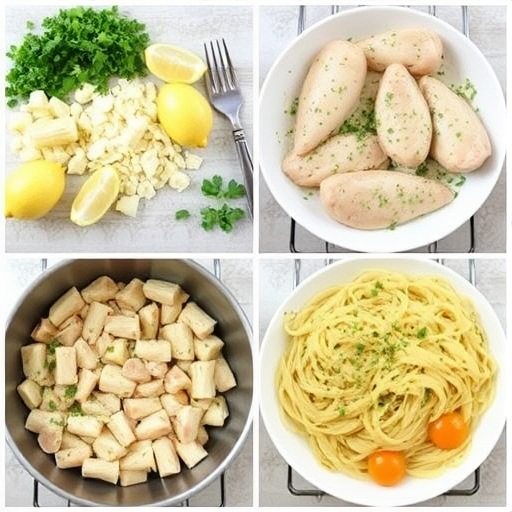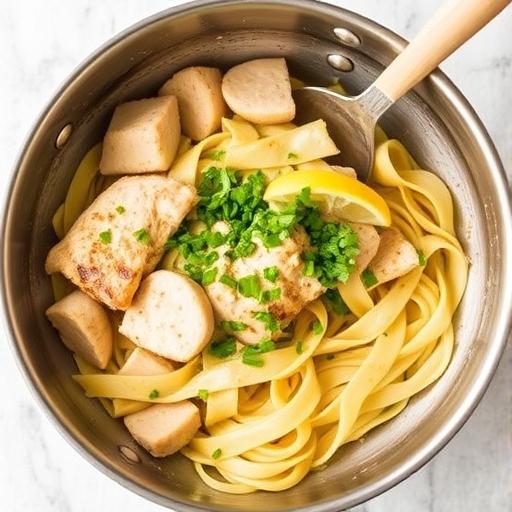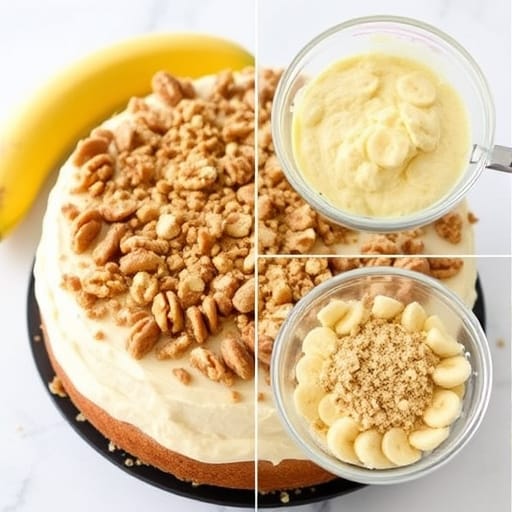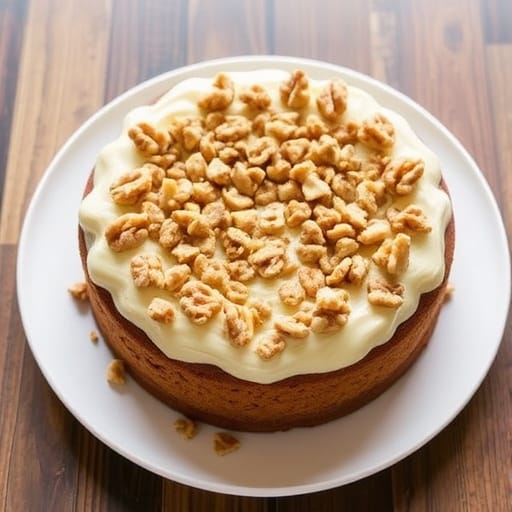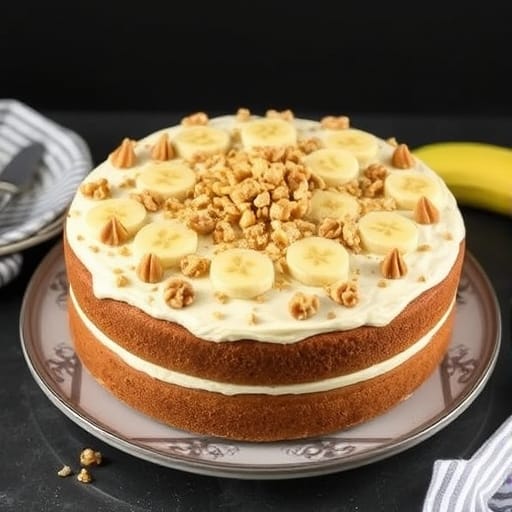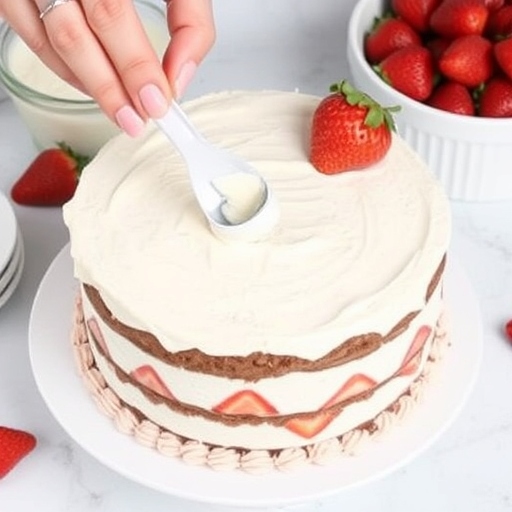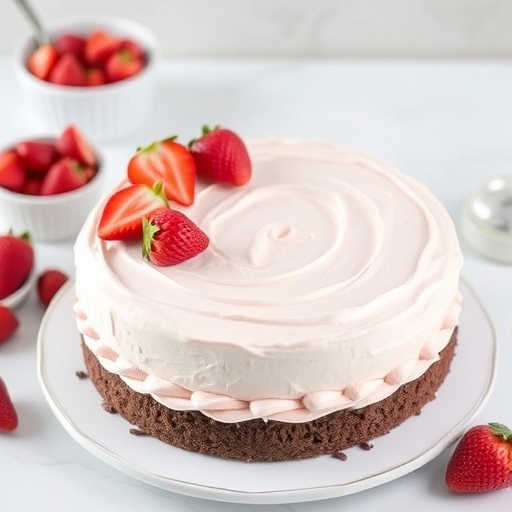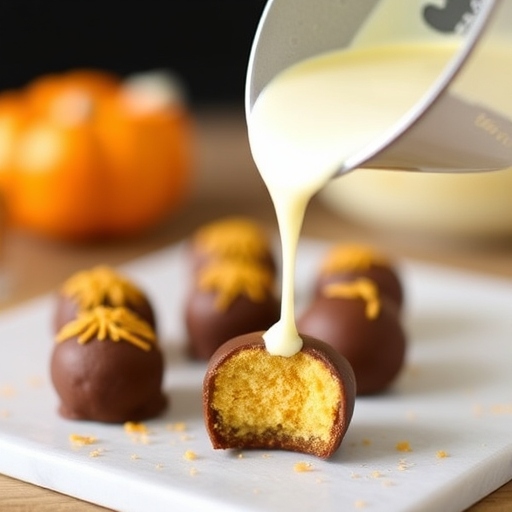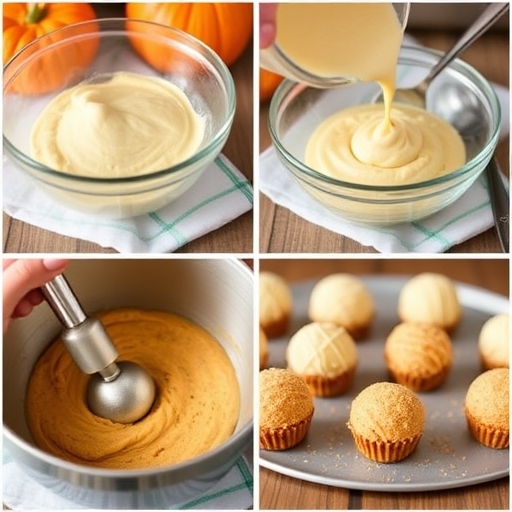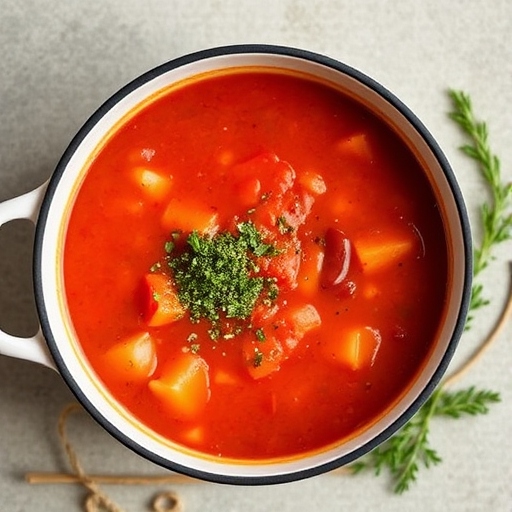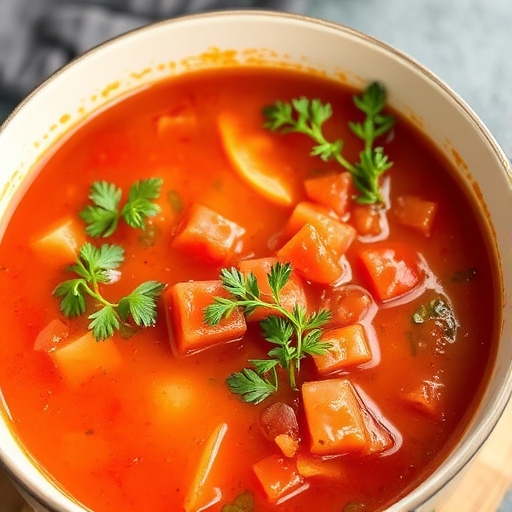Introduction
Salmon with Cajun Butter Sauce is the epitome of bold flavors meeting healthy eating. The tender, flaky salmon is seasoned to perfection and paired with a rich, spicy Cajun butter sauce that enhances every bite. This dish is perfect for weeknight dinners or special occasions, offering a restaurant-quality meal right from your kitchen.
Table of Contents
1. The Story Behind the Recipe
This recipe was inspired by the vibrant flavors of Louisiana cuisine, known for its hearty and spicy dishes. Cajun spices bring warmth and depth, while the butter sauce adds a luxurious touch. Combining these flavors with nutrient-packed salmon creates a balance of indulgence and wholesomeness.
2. The Benefits of Making Your Own Salmon with Cajun Butter Sauce
- Customization: Adjust the spice levels to suit your palate.
- Freshness: You control the ingredients, ensuring premium quality.
- Healthier Option: Homemade allows you to use less sodium and healthier fats.
- Cost-Effective: Enjoy a gourmet meal without the hefty restaurant price.
3. Essential Ingredients for the Perfect Salmon with Cajun Butter Sauce
- Salmon: Opt for fresh, wild-caught fillets for the best flavor and nutrition.
- Cajun Seasoning: A blend of paprika, garlic powder, onion powder, cayenne, and herbs.
- Butter: Unsalted butter provides a creamy base for the sauce.
- Garlic: Adds a robust flavor to the butter sauce.
- Lemon: Brings a zesty brightness to balance the richness.
- Parsley: A fresh garnish for added color and taste.
4. Cultural History of Ingredients
- Salmon: A staple in many cultures, salmon is revered for its versatility and health benefits.
- Cajun Spices: Originating from Louisiana, Cajun seasoning reflects the cultural melting pot of French, African, and Native American influences.
- Butter: An essential in French-inspired cuisine, butter is often used to elevate sauces.
5. Equipment You’ll Need
- Non-stick or cast iron skillet: Ensures even cooking and a beautiful sear on the salmon.
- Tongs: For flipping the fillets without breaking them.
- Small saucepan: To prepare the Cajun butter sauce.
- Whisk: Helps achieve a smooth, creamy sauce.
6. Step-by-Step Instructions for Salmon with Cajun Butter Sauce
Ingredients
- 4 salmon fillets (skin on or off, as preferred)
- 2 tbsp Cajun seasoning
- 2 tbsp olive oil
- 4 tbsp unsalted butter
- 3 cloves garlic, minced
- 1 tsp smoked paprika
- 1 tsp cayenne pepper (adjust for heat preference)
- Juice of 1 lemon
- 2 tbsp chopped parsley
Instructions
- Season the Salmon: Pat the fillets dry and rub them generously with Cajun seasoning.
- Sear the Salmon: Heat olive oil in a skillet over medium-high heat. Sear the salmon for 4-5 minutes per side until golden brown and cooked through. Remove and set aside.
- Prepare the Cajun Butter Sauce: In the same skillet, melt the butter over low heat. Add minced garlic and sauté for 1-2 minutes until fragrant. Stir in smoked paprika, cayenne pepper, and lemon juice.
- Combine: Return the salmon to the skillet, spoon the sauce over the fillets, and let them absorb the flavors for 1-2 minutes.
- Garnish and Serve: Sprinkle with parsley and serve immediately.

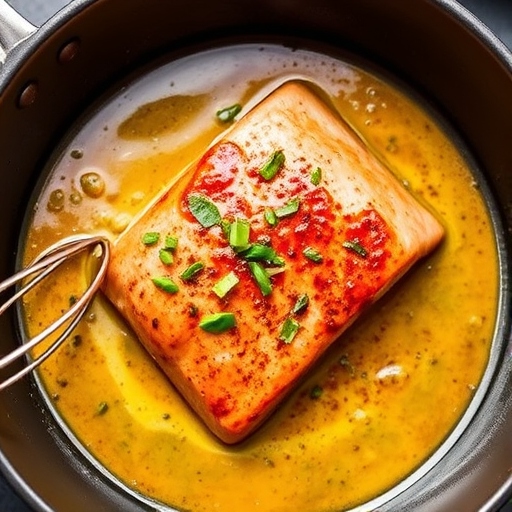
7. Suggestions for Serving and Storing
- Serving: Pair with steamed vegetables, mashed potatoes, or a side of fluffy rice.
- Storing: Store leftovers in an airtight container in the refrigerator for up to 3 days. Reheat gently to maintain the salmon’s texture.
8. Chef Simon’s Tips for Salmon with Cajun Butter Sauce
- Choose salmon fillets of even thickness for uniform cooking.
- For extra crispy skin, press the salmon gently onto the skillet when searing.
- Use freshly squeezed lemon juice for a bright, tangy flavor.
9. Emotional and Psychological Impact of Food
This dish is comfort food with a twist. The richness of the butter sauce paired with the heartiness of salmon evokes a sense of indulgence, while the vibrant Cajun spices add excitement and warmth, making it perfect for unwinding after a long day.
10. Mindful Cooking Techniques
- Take your time to let the salmon sear properly; avoid rushing.
- Be present when preparing the sauce, allowing the aromas of garlic and spices to envelop your senses.
11. Tips for Keeping the Recipe Fresh Longer
- Store cooked salmon with the sauce separately to avoid sogginess.
- Always refrigerate leftovers promptly to maintain freshness.
12. Advanced Culinary Terms and Techniques
- Searing: A high-heat cooking method to create a crust on the salmon.
- Deglazing: Using lemon juice to scrape up browned bits from the skillet, enhancing the sauce.
- Emulsification: Whisking butter with spices and lemon juice for a creamy, cohesive sauce.
13. Healthy Ingredient Alternatives
- Replace butter with olive oil for a lighter sauce.
- Use Greek yogurt for a creamy, low-fat topping instead of the butter sauce.
- Opt for salt-free Cajun seasoning to reduce sodium.
14. More Serving Ideas
- Serve atop a bed of quinoa for a high-protein meal.
- Pair with a fresh green salad and a vinaigrette dressing for a light option.
- Add a dollop of avocado crema for a creamy contrast.
15. Common Issues and Solutions
- Dry Salmon: Avoid overcooking; remove from heat as soon as it flakes easily.
- Overly Spicy Sauce: Reduce the cayenne pepper or balance with a touch of honey.
- Sauce Separation: Stir constantly when melting butter to prevent breaking.
16. Variations to Try
- Swap salmon for shrimp or cod for a different protein.
- Add a splash of cream to the Cajun butter sauce for a richer flavor.
- Incorporate diced tomatoes or bell peppers into the sauce for added texture.
17. Nutritional Information and Health Benefits
- Calories: 350 per serving
- Protein: 25g (from salmon)
- Omega-3s: Promotes heart health and reduces inflammation.
- Vitamin D: Supports bone health and immunity.
18. The Art of Pairing Salmon with Cajun Butter Sauce
Complement the bold flavors with a glass of chilled Chardonnay or a light, hoppy beer. Non-alcoholic pairings like sparkling water with a slice of lime or iced tea with lemon work wonderfully too.
19. Weather and Recipe Outcome
This dish is versatile, perfect for summer grilling or a cozy winter dinner. Adjust the accompaniments seasonally for the best results.
20. Other Recipes to Explore
- Cajun Shrimp Alfredo
- Blackened Chicken Tacos
- Lemon Garlic Tilapia
21. Focus on Tools and Equipment
- A good-quality non-stick skillet is essential for achieving a flawless sear.
- A fish spatula ensures you can flip the salmon without breaking it.
22. Frequently Asked Questions (with answers)
- Q: Can I use frozen salmon?
A: Yes, but ensure it’s thawed completely and patted dry before cooking. - Q: Can I make the sauce in advance?
A: Yes, but reheat gently to prevent it from separating.
Conclusion
Salmon with Cajun Butter Sauce is a flavorful dish that’s as delightful to eat as it is to prepare. With its bold spices, creamy sauce, and tender salmon, this recipe will become a family favorite. Whether you’re hosting a dinner party or treating yourself, this dish is guaranteed to impress.



